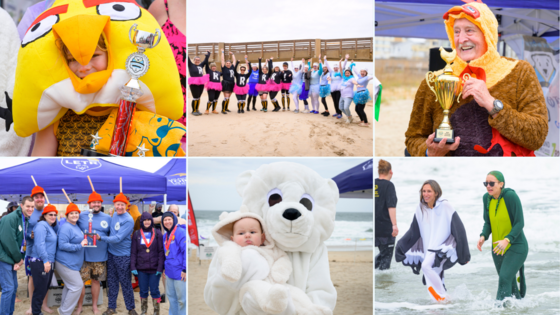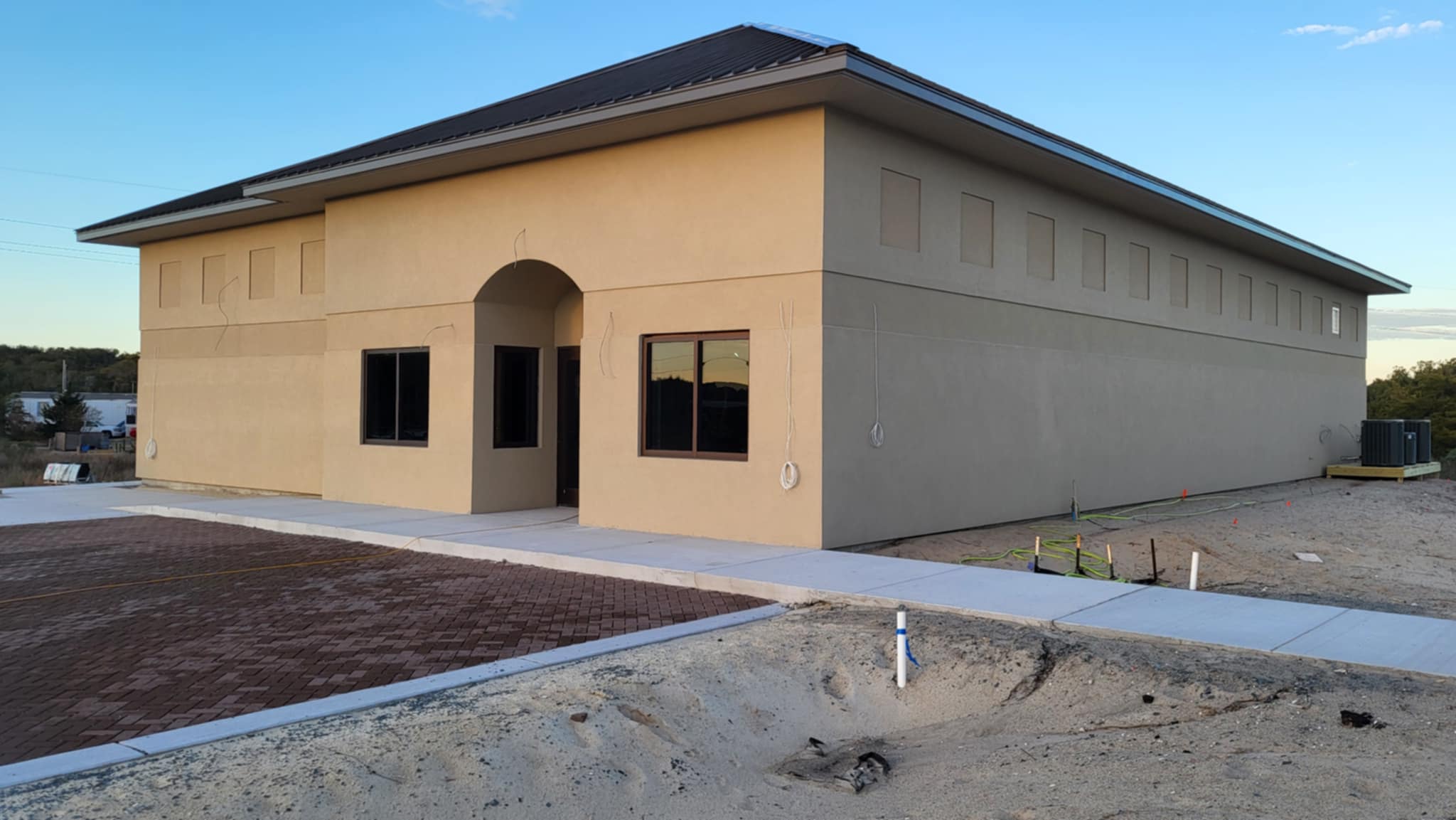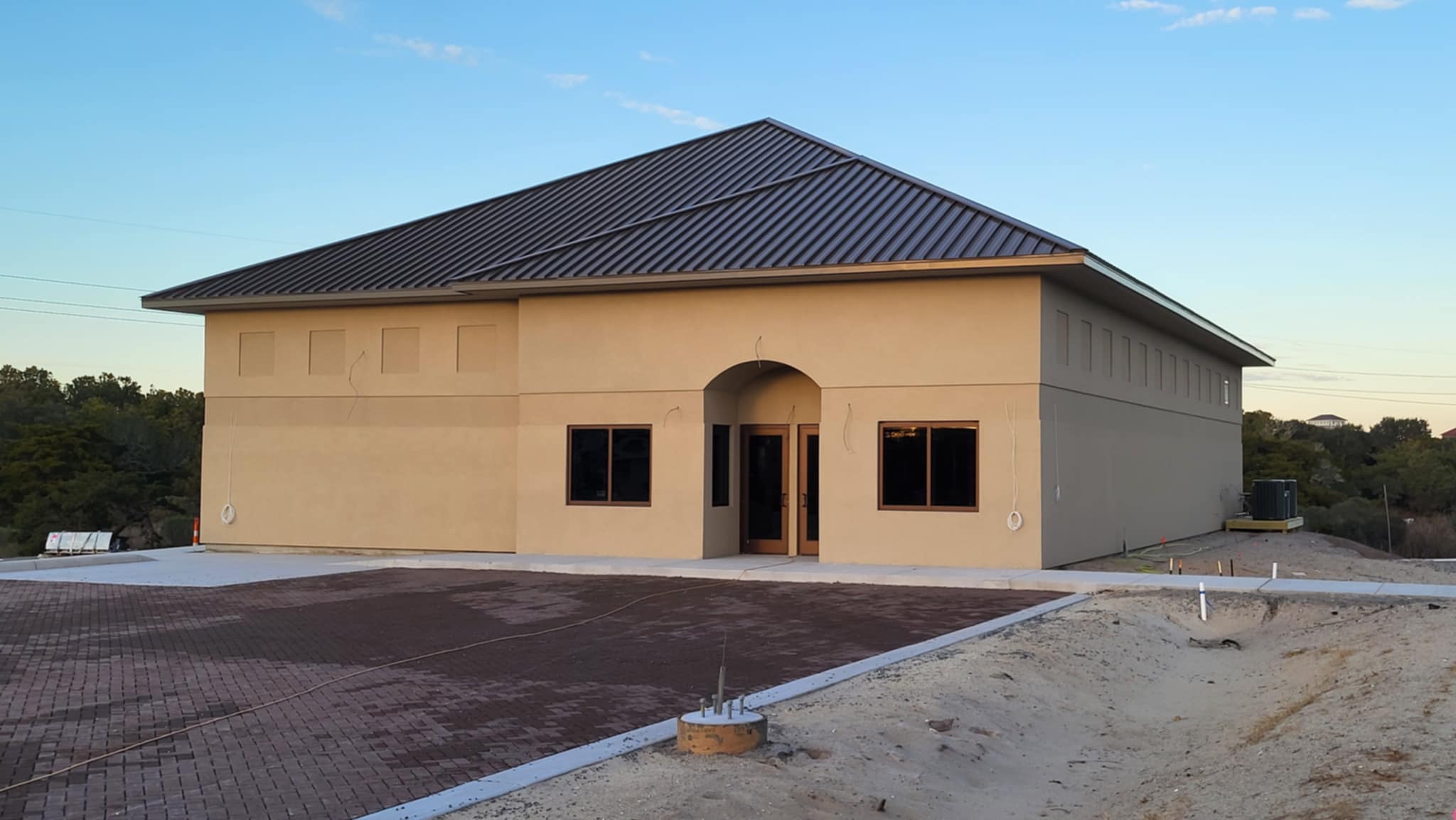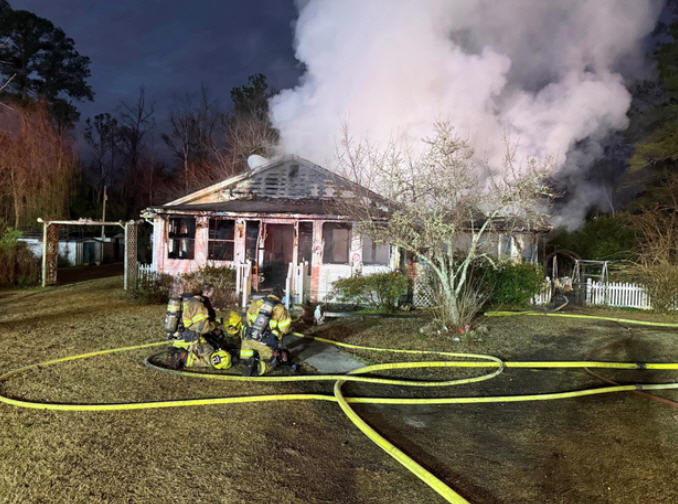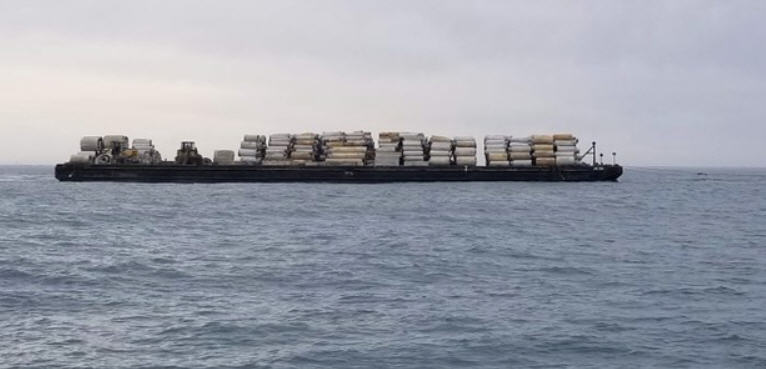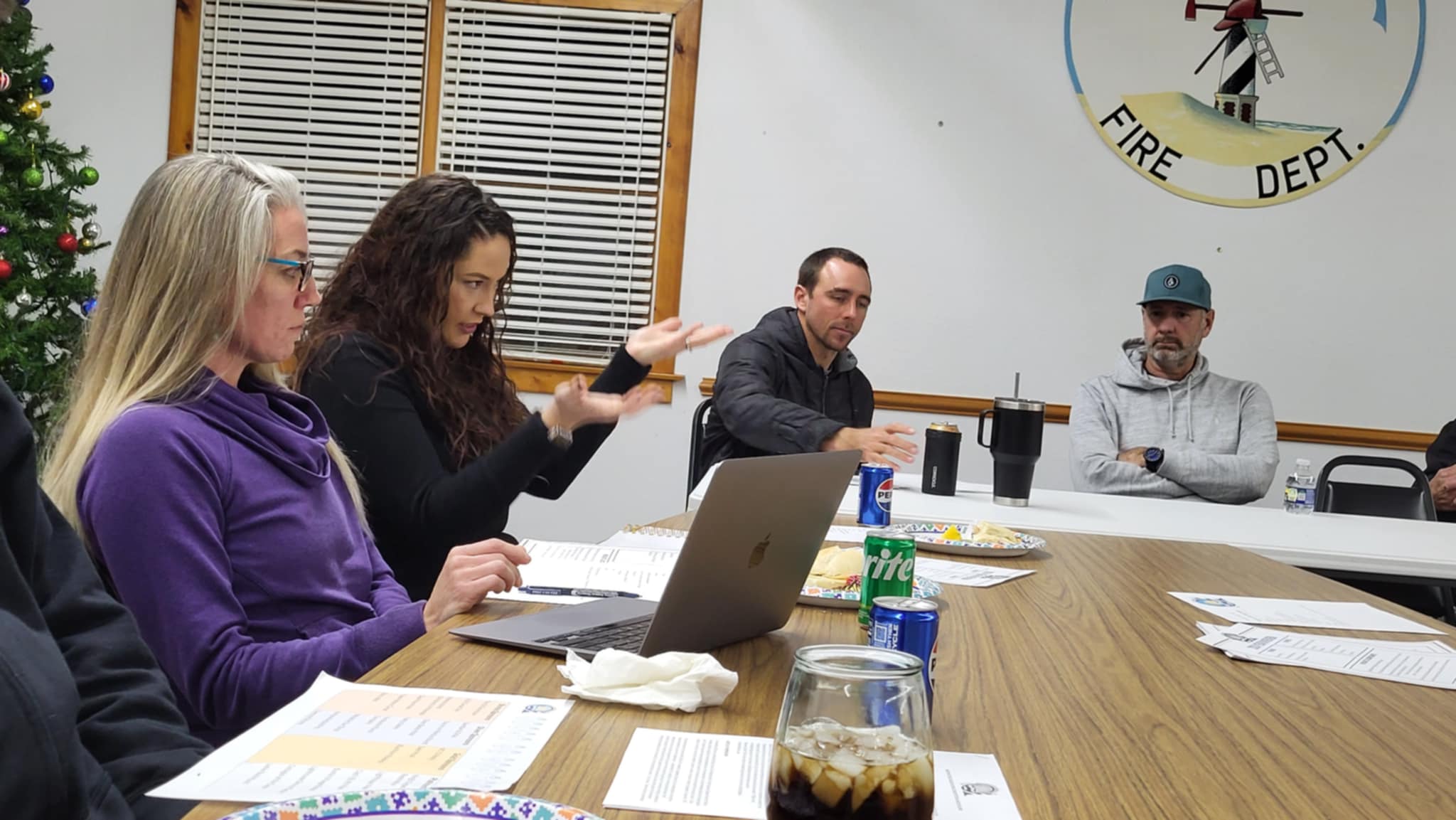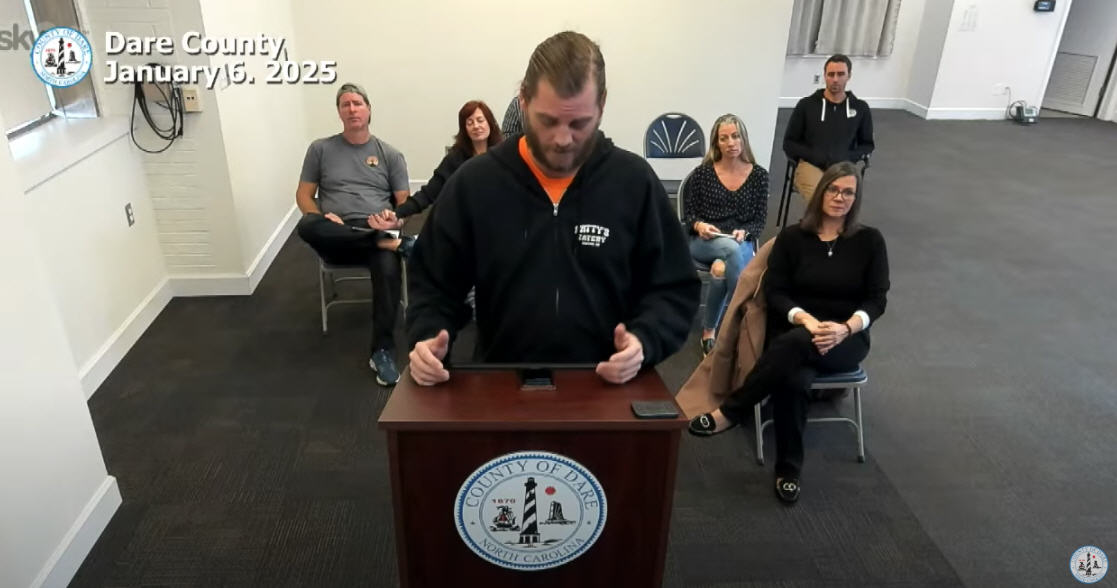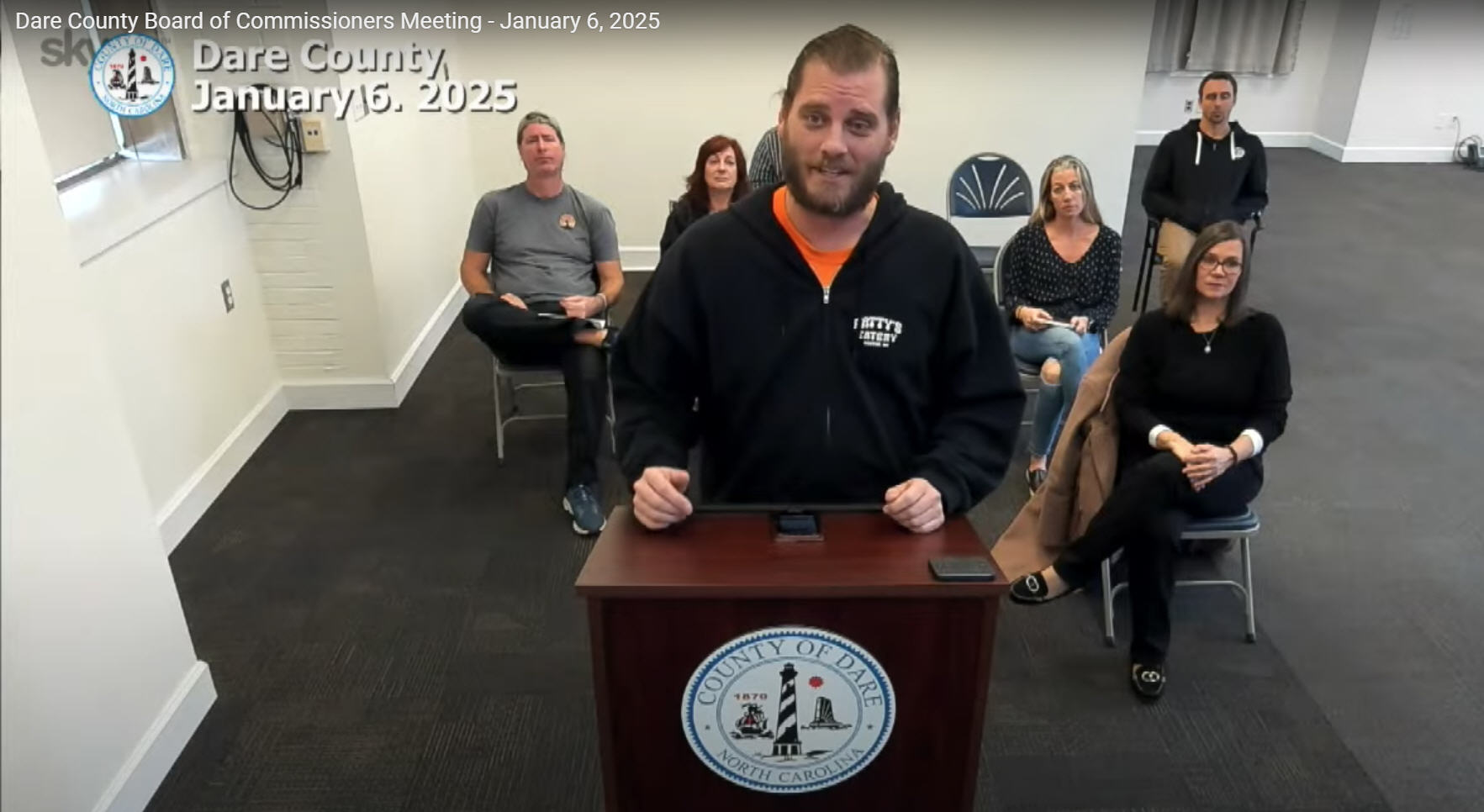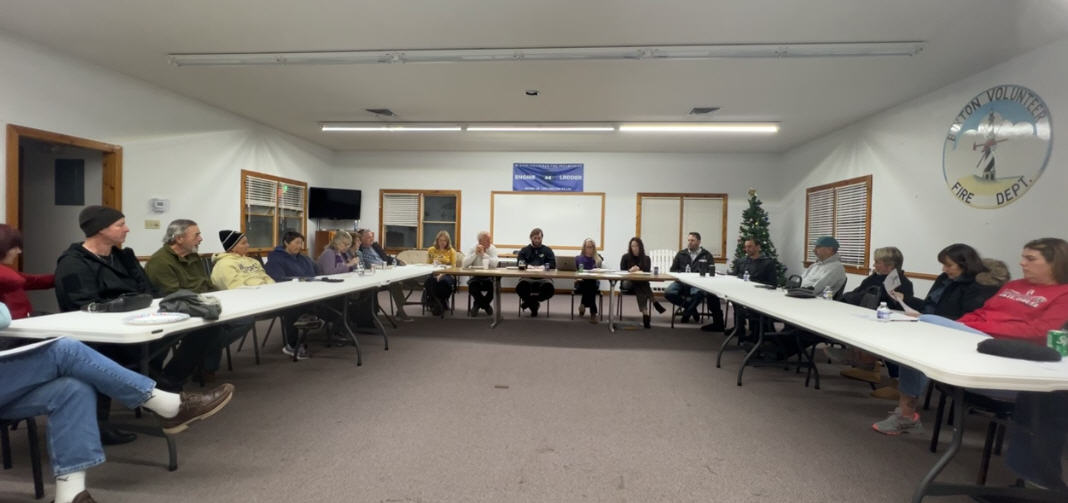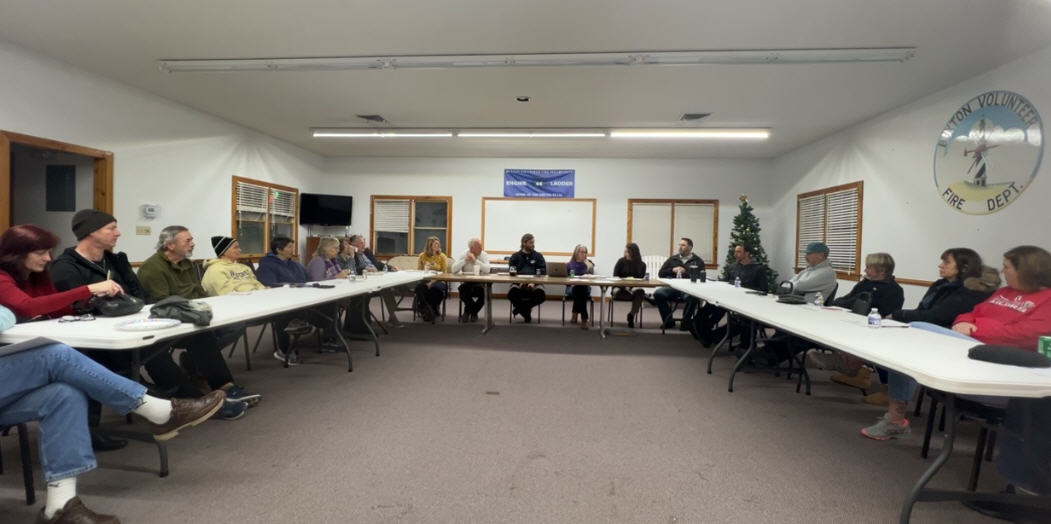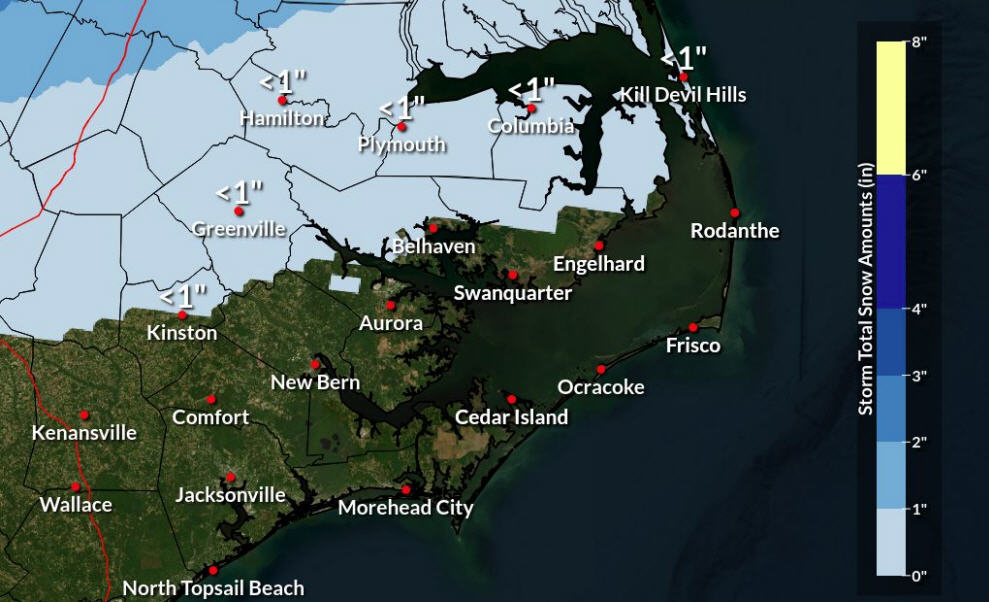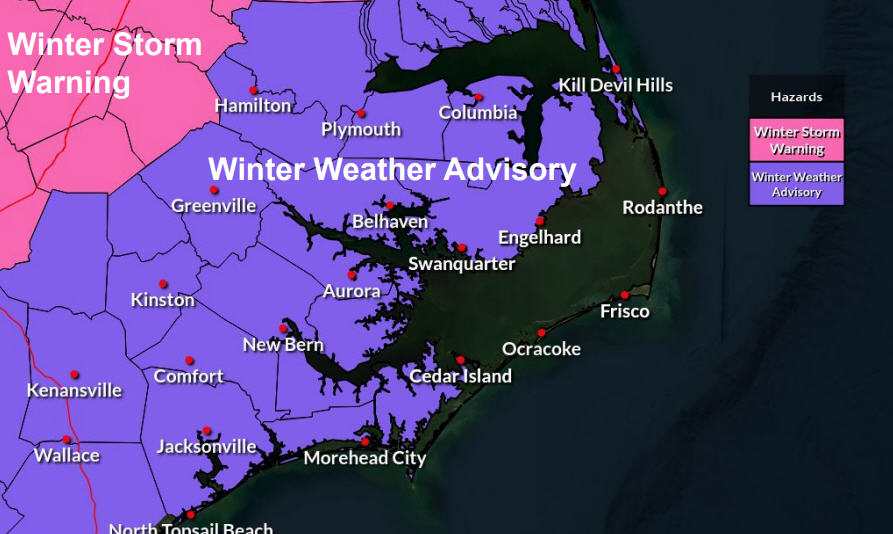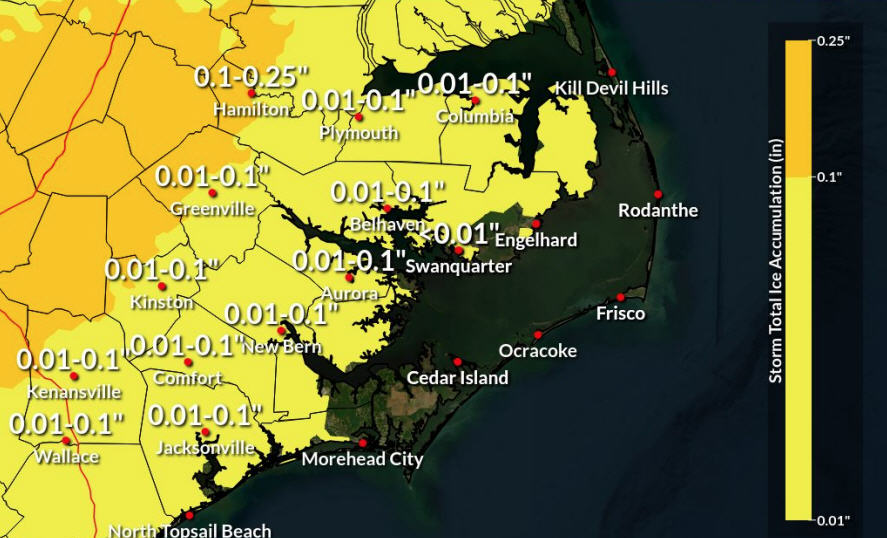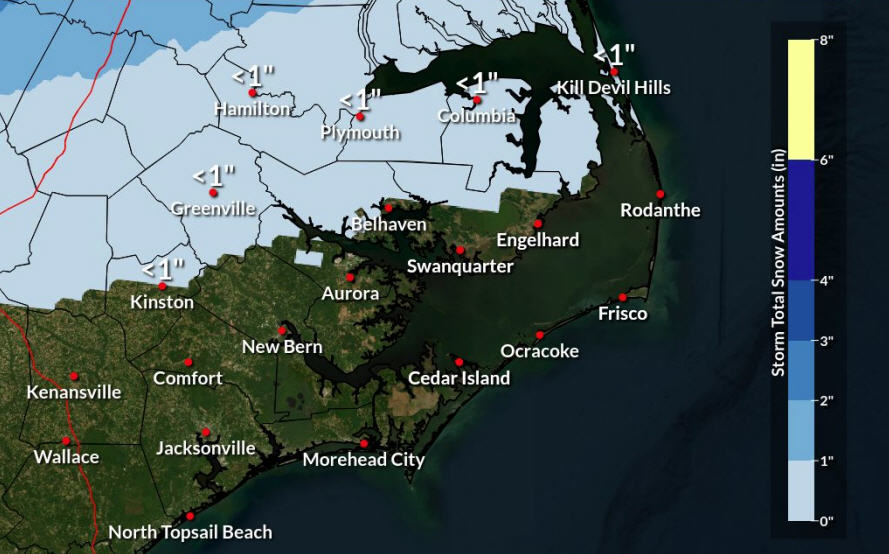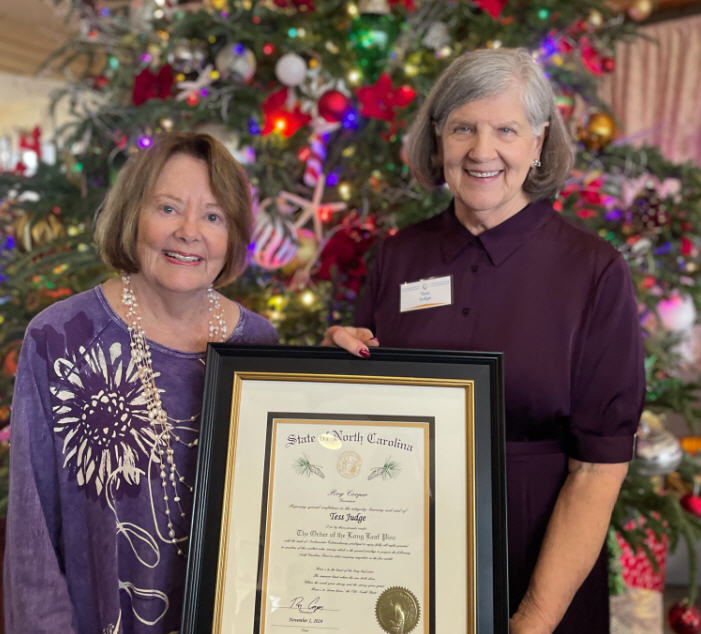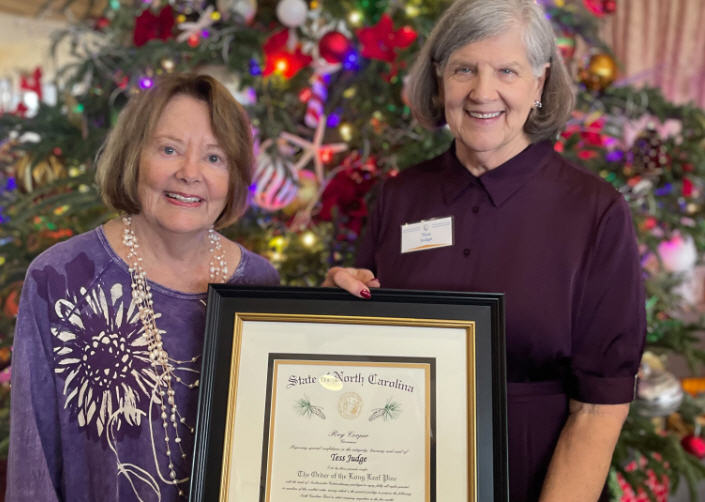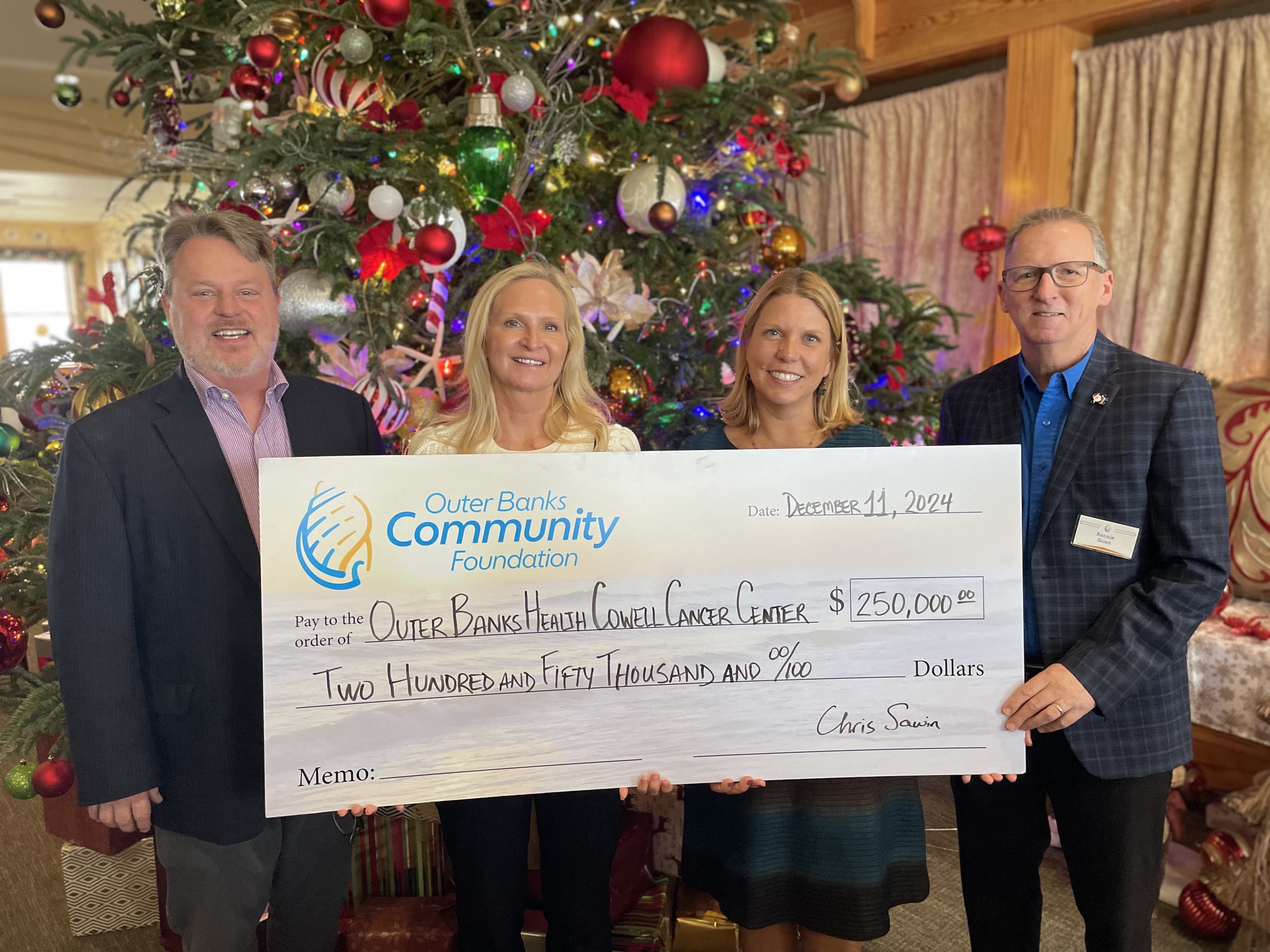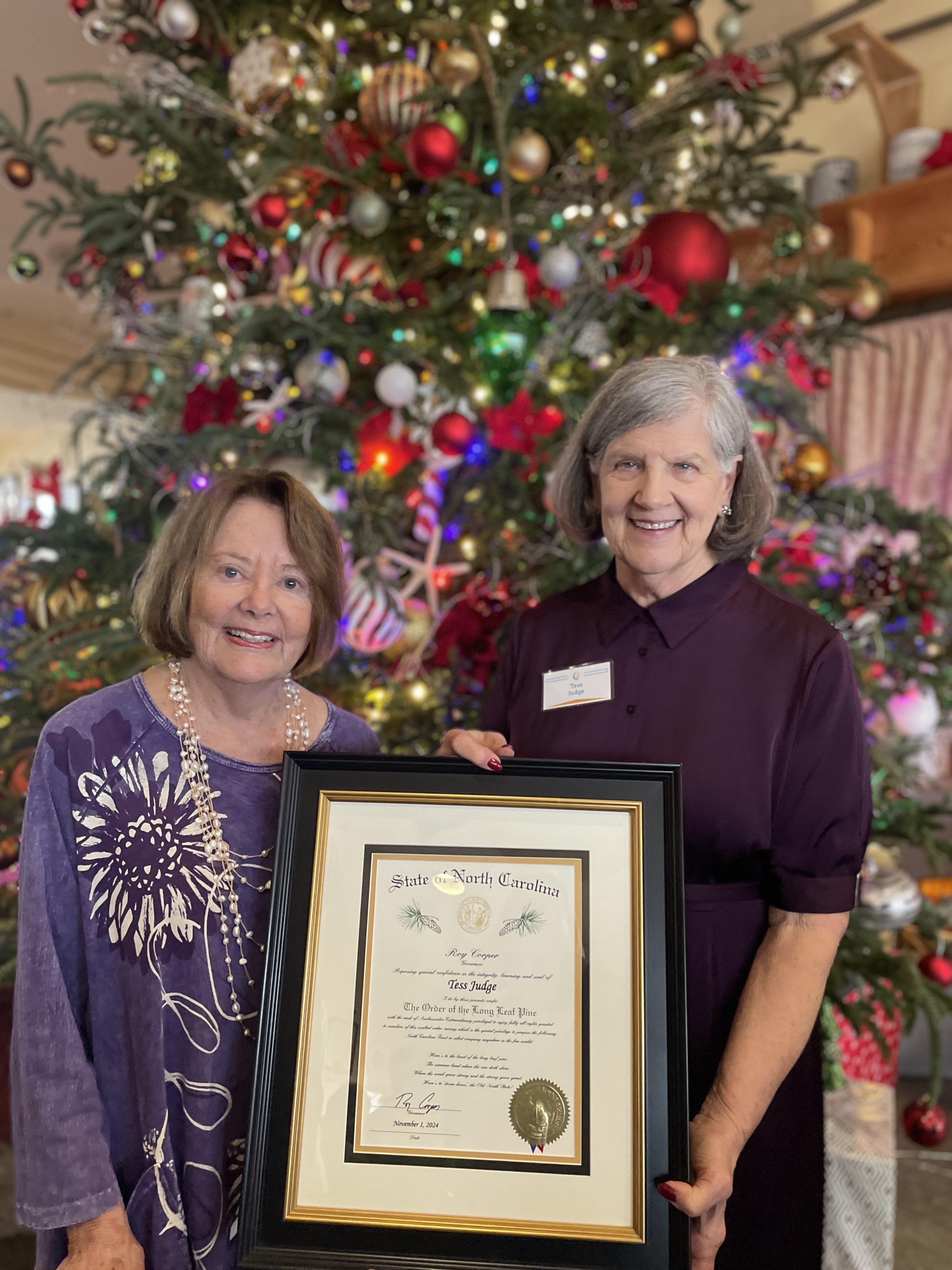Damaged Chicamacomico Life-Saving Station working to reopen soon
In Rodanthe sits the oldest and most complete life-saving station on the East Coast, the Chicamacomico Life-Saving Station Historic Site.
Still standing following the tremendous soundside flooding caused by Hurricane Irene on Aug. 27, this historic gem suffered from the high waters that knocked the 1897 boathouse off its foundation and infiltrated all eight buildings in the complex.
According to site manager James Charlet in a news release, “Hurricane Irene delivered another hurtful punch to the gut, but it was far from a knock-out punch.”
Located on a narrow strip of land on the northern part of Hatteras Island, this life-saving station is close to both the Atlantic Ocean and the Pamlico Sound making it vulnerable to hurricanes and northeasters. In its 137 year history, the station has weathered multiple major storms. There were the great storms of 1899, 1933, 1944, the Ash Wednesday storm of 1962, and more recently in 2003, Hurricane Isabel.
Damage assessment and recovery has been slow for Chicamacomico Life-Saving Station, which is a favorite stop for tourists and bus tours. The life-saving station remains closed today.
“It’s not just an ordinary house,” stated Charlet following the storm. He and his wife, Linda Malloy, are the only employees of the complex. Following the hurricane, it took the couple several days to inspect the station because they also had damage to their home in Salvo.
Linda and James didn’t evacuate for Hurricane Irene and, like most islanders, felt that they had escaped any punishing blows from the storm. However, in the wee hours of the morning and long after the eye of the storm moved into Virginia, a final surge of soundside water rose 6 to 8 feet in Rodanthe, Waves, and Salvo, which caused the most damage to the area.
“You read about it in the history books,” Linda says about her Hurricane Irene
experience, “but it’s nothing like going through it.”
Like many islanders in the weeks after the hurricane, recovering from a major storm like Irene is much harder than actually weathering it. For Charlet and Malloy, the task of putting the historic area back to normal seemed overwhelming and continues to be a challenge.
“No artifacts were damaged that I am aware of yet,” says Charlet.
However, floodwaters are sneaky, and it takes time to discover everything that they touched. Several inches of water covered the floor of the gift shop that ruined some merchandise, rack cards, and guides. Malloy saved dozens of T-shirts by laundering them with the help of the North Carolina Baptist Men’s group, which set up a mobile laundering service at the RWS Community Building, located across the street from the historic life-saving station.
Structurally speaking, there was little damage to the site with the exception of the old 1897 Soundside Boathouse, which was once used for sound rescues back when the station was fully operational.
The surge pushed the building off most of its pilings, which left it resting on only four of its 15 supports, making it lean on the smaller horse stable turned tractor shed directly to its east. It was a hazardous situation that took many weeks to address because travel on and off the island was limited to emergency ferry service.
About a month after Hurricane Irene, Worth Hare House Movers from Edenton, N.C., was contracted to reset the boathouse. Recently, Worth Hare relocated two buildings at the Bodie Island Life-Saving Station.
Twenty-two new pilings, which were larger than the original 15, were installed and the old boat house was lowered onto them on Sept. 26 and secured with hurricane clips for added strength. The building still sits at its original height.
Most of the work around the site consisted of general cleaning to prevent hazardous mold and mildew, which is typical following any flood. The carpentry type repair punch list was long and time consuming. On it were broken window panes, loss of roof shingles, broken doors, buckled wooden floors, reattaching ramps, replacing missing signs, and fencing.
Several areas inside the many buildings required tedious cleanup and putting the items back in proper order after being rearranged and floated around with the high water. Tools, refrigeration, and other important things were ruined throughout the site. There was also a lot of storm debris that needed to be hauled off.
The parking lot needs grading and loads of gravel. It has been underwater multiple times following the initial flooding in late August. With the nearby ocean dunes compromised, high surf from Hurricane Katia and strong northeast winds that plagued the region for weeks, ocean water continually flooded the grounds.
“We have no insurance of any kind,” says Charlet. “We are not funded by the federal government or the state in any way. We are not a line item in the Dare County government. We are happy for every dollar we get.”
The historical site runs on the money it generates through ticket sales, membership fees, merchandise sales in the gift shop and donations. Income has been seriously affected with the area still closed to the public
“We have had lots of genuine offers to help. We got the message out through emails, Facebook, and our website,” says Claret.
The local Coast Guard Auxiliary Flotilla 1604 and Coast Guard Station Hatteras Inlet have volunteered their time with the cleanup efforts.
Starting Nov. 3, the Edgecomb County Community College will be coming to Rodanthe to help with the Chicamacomico Life-Saving Station recovery process. This college has a restoration school program and operates under the guidelines of the N.C. State Preservation Office. There will be no charge for their work. Charlet is working on arrangements for food and lodging.
According to the site manager, there has been an outpouring from people off-island through Facebook wanting to help physically in the recovery efforts. He has contacted Midgett Realty and Surf or Sound Realty about affordable housing for the volunteers. Both have responded with offers of reduced rates or even free accommodations, depending on availability. The Salvo Volunteer Fire Department also offered its building for people willing to sleep on cots and in sleeping bags.
The Chicamacomico Life-Saving Station is a non-profit organization and is hoping for donations to help fund all the repairs and cleanup. Malloy says that they will take a check or a credit card donation over the phone, but they don’t take Paypal.
“We are very happy to take your tax-deductible contribution,” says Malloy.
Grants from the Outer Banks Community Foundation and the Outer Banks Lighthouse Society paid for the resetting of the 1897 boat house, which cost $15,000.
No firm date has been set to reopen the facility. At the moment, Charlet is hoping to partially re-open the main building and gift shop in the coming weeks. Tours will be offered at a reduced rate, and he hopes to open seven days a week until Christmas, even though the building has no heat.
FOR MORE INFORMATION
For more information on Chicamacomico Life-Saving Station Historic Site, go to http://www.chicamacomico.net/.
To contribute to the repairs from Hurricane Irene damage, send checks to Chicamacomico Life-Saving Station, P.O. Box 5, Rodanthe, NC 27968.





